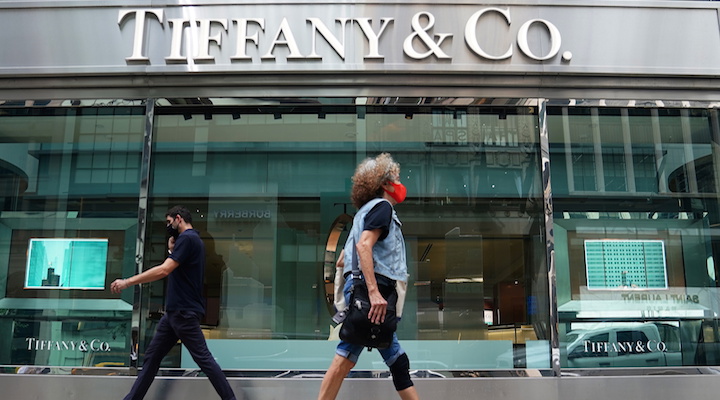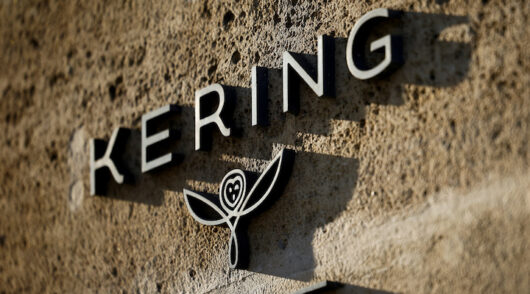Tiffany & Co, which is being bought by French luxury giant LVMH, beat Wall Street expectations for quarterly profit on Tuesday as the US jeweller benefited from a more than 70-per-cent rise in sales in China and a recovery in demand at home.
The results bode well for the upcoming holiday season for the jeweller and other luxury retailers in general, which have been hit hard by the pandemic. They also underscore the growing importance of sales within mainland China to offset dependence on tourism, especially on Chinese tourists visiting fashion hubs like Milan and Paris.
“We had a strong third quarter …. which speaks volumes about the enduring strength of the Tiffany brand and gives us confidence as we enter the important holiday season,” CEO Alessandro Bogliolo said, nodding to “the successful completion of the merger transaction with LVMH in early 2021”.
Tiffany and LVMH ended a bitter legal battle last month and agreed to a new deal that would see the French firm buy out the US jeweller at a slightly lower price of $15.8 billion, or at a discount of $425 million.
Tiffany said sales in the Asia-Pacific region rose 30 per cent, while sales in the Americas region declined 16 per cent – much smaller than the 46-per-cent drop seen in the preceding quarter.
Tiffany forecast a mid-single-digit percentage decline in holiday quarter sales, while analyst had predicted a 3-per-cent drop. It also expects a high-single-digit percentage increase in earnings for the current quarter.
The health crisis also forced the New York-based retailer to invest in its online business and to introduce curbside pick-up at certain stores. This helped e-commerce sales surge 92 per cent in the quarter.
Best known for its diamond engagement rings, Tiffany could face more challenges ahead as Covid-19 cases are surging in much of the US and across the world, spurring Britain and other countries in Europe, and many American states, to go into another lockdown.
As of October 31, most of Tiffany’s 320 retail stores worldwide were fully or partially opened, in accordance with local government guidelines, it said. As of November 20 though, approximately 60 per cent of Tiffany’s retail stores in Europe were temporarily closed.
But analysts remain optimistic.
“Q3 results also reiterate our confidence that the Tiffany brand will continue to shine through the holidays,” said CFRA analyst Camilla Yanushevsky.
According to a CFRA site traffic analysis of Alexa Internet’s data, there is “growing traffic momentum” to Tiffany.com entering the all-important holiday season, Yanushevsky added.
Shares of the company were up marginally on low volumes in premarket trading. Excluding certain item, Tiffany earned $1.11 per share, surging past the average expectation of 66 cents.
Tiffany’s net sales fell about 1 per cent to $1.01 billion in the third quarter ended October 31, but beat expectations of $980.71 million, according to IBES data from Refinitiv.
- Reporting by Aishwarya Venugopal and Melissa Fares of Reuters.






